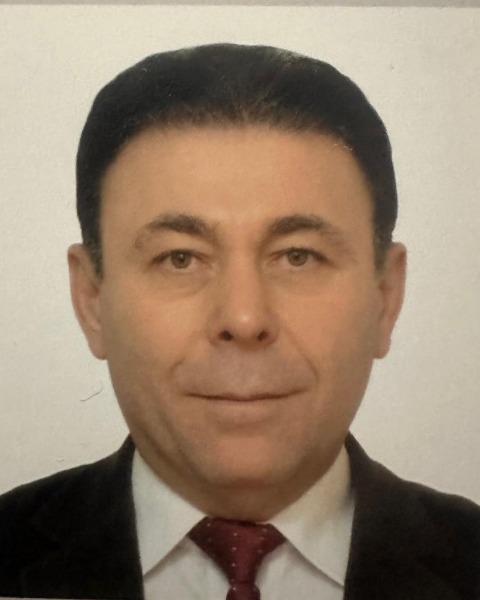General Session I - Lymphedema
Overlooked and Neglected Aspects in the Management of Recurrent Lower Extremity Venous Insufficiency: Unveiling the Significance of the Lymphatic Venous Network
Recurrent varicose veins often manifest following interventions for lower extremity venous insufficiency. We aimed to demonstrate the role of the inguinal lymphatic venous network as a cause of recurrence.
Methods:
This study aims to elucidate the intricate involvement of this network in cases of recurrence after surgical and percutaneous interventions for lower extremity venous insufficiency by the help of color Doppler ultrasound and dynamic lymph node venography. Varicose vein recurrence, with reported rates ranging from 20% to 60% within a five-year period, poses a consistent challenge, prompting approximately one-fifth of procedures to address recurrent veins. Existing research attributes recurrence to a spectrum of factors encompassing inaccurate initial diagnosis, disease progression, suboptimal primary surgery, altered venous dynamics, and neovascularization. However, these studies have largely bypassed the role of the inguinal lymphatic venous network in the context of recurrence.
Results: A study conducted by Lemasle et al., involving 100 patients who underwent surgery due to great saphenous vein incompetence, identified lymph node veins as the primary cause of reflux in 6% of cases. However, the likelihood of underestimation persists due to the necessity for specialized investigations to precisely characterize these occurrences. In our ongoing study as an initial result we have found 41 % inguinal lymph node venouse network reflux as a recurrence cause of varicose veins.
Conclusions:
In routine venous Doppler examinations of lower limbs, the association between lymph node veins and primary or recurrent varicose veins is becoming increasingly apparent. Lymphatic vessels serve as pivotal conduits within the venous system, bridging the superficial and deep networks through various points, including Scarpa's triangle. These vessels can extend to inguinal abdominal and external pudendal veins, perforating the cribiform fascia and connecting to the femoral vein as minor direct femoral perforators. Anatomical cadaveric studies suggest the presence of such veins in 19% of cases. Although Lemasle et al.'s study underscores lymph node veins as a primary cause of reflux, the potential for underestimation necessitates a call for more meticulous characterization.
In summary, the contribution of lymph node veins to recurrent varicose veins following surgical and interventional treatments of saphenous veins remains inadequately documented. As routine venous Doppler exams underscore the interplay between lymph node veins and varicose veins, the need to integrate these findings into treatment strategies becomes increasingly pertinent. Ultimately, while the anatomical and physiological dimensions of lymph node veins are relatively comprehended, their precise role as causative factors for varicose veins demands further elucidation warranting advanced diagnostic modalities such as color Doppler ultrasound and dynamic lymph node venography for precise evaluation and treatment planning.

zafer unsal coskun, Professor
head section of IR
Health Sciences of University
istanbul, Istanbul, Turkey
